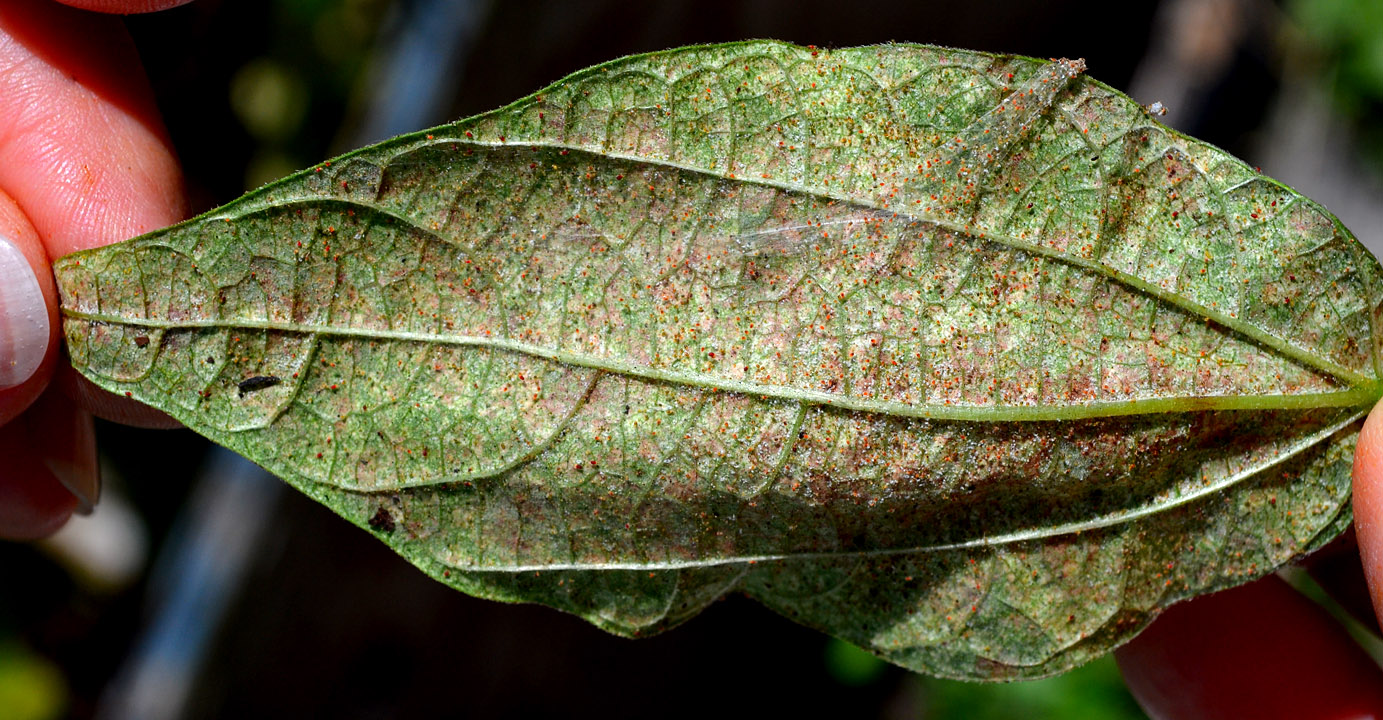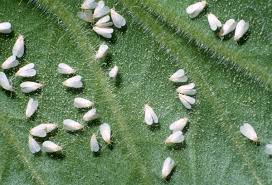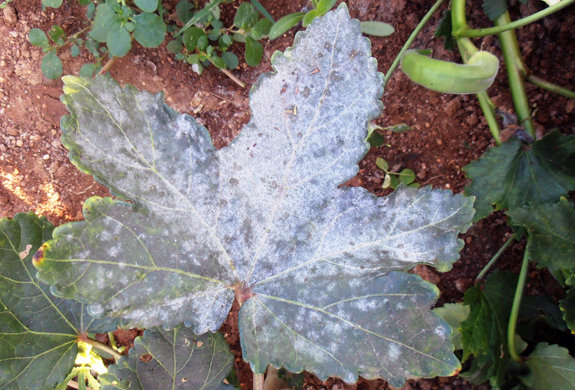Climate:-
- Okra is warm season vegetable crop and requires a long warm and humid growing period. It is sensitive to frost and extremely low temperature.
- For normal growth and development temperature between 24°C to 28°C is preferred. For seed germination optimum soil moisture and a temperature between 25°C to 35°C is needed.
Soil:-
- It is grown on sandy to clay soils but due to its well-developed tap root system relatively light well drained and rich organic matter soil is ideal.
- The ideal pH for growth of plant is 6-6.8.
- Alkaline saline soil and poor drainage soil, both are not good for this crop.
Like and share with other farmers by clicking on button below
Share



